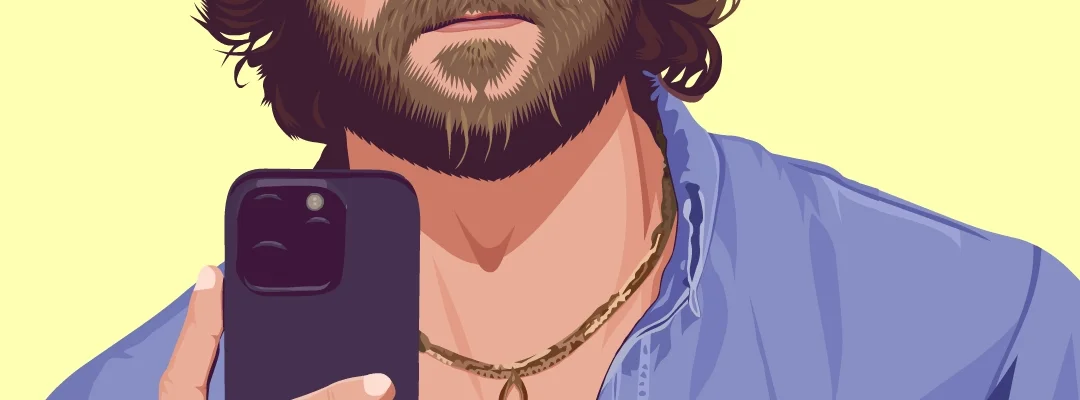There is more to good portraits than just drawing of people. The best portraits are interpretations of personality. Instead of just recording what the sitter looks like, the best ones reveal what is unique about them and perhaps what they are feeling. It’s more difficult to create a successful portrait of someone you don’t know.

It’s crucial to quickly acquire a basic understanding of character. You must choose a color palette that matches your subject. And then you must find a pose that is telling and which at the same time makes the person feel good about themselves and comfortable.
Portrait drawing requires a process of collaboration between the portraitist and the model. If someone agrees to pose for a portrait, ensure that you both agree that you will work together to achieve a good result from the beginning. Many people have a private liking for the idea of a skilled Artist taking photos of them and then turning them into a unique design.

It’s very important to get people relax before taking the first picture, which is the first step towards drawing the portrait. Communication between the artist and the model is the key to success. Let compliments flow freely. For example, if your model is frowning, encourage them to change their pose. As soon as one becomes involved and feels things are going well, the frown will naturally disappear.
For me, these are the most important points to bear in mind when building a portrait:
- Closing in.
- Capturing Faces.
- Interpreting Personality.
1. Closing in
Portraits that are tightly cropped, similar to a close-up shot with only one face, convey limited information about a person, but have a compensating effect and intimacy. It is especially true when these portraits are displayed in large prints that display the person’s features in life-size.

2. Capturing Faces
Each face is distinct. A good portraitist capitalises on the sitter’s individuality by scrutinising their features and then considering how best to present them. Portraits that are successful are not always flattering, but an image that emphasises negative features and hides positive ones is not a good representation of the model.
The tension in someone’s eyes or mouth can be a sign of nervousness when they’re in front of a camera or front of a portraitist. The result may be a strained, tight smile or a hypnotic stare, both of which can ruin the most carefully composed portrait. Again, the key is to relax.

3. Interpreting personality
It’s not easy to get to the core of someone’s personality, as each person has a public image that protects their true self. In order to form a clear impression of what you want the portrait to show, it’s important to establish rapport with the model.
It’s crucial to identify the visual cues – in expression, manner, gesture, and dress – that reinforce the impression you want in the portrait about the personality of the model.

In a future post about ‘ Building Portraits Part 2’ , I will provide more tips on this. It’s worth noting that I can work with you to create your own portrait. If you’re interested, send me a message here.








